Feeding Your Pregnant Cat: A No-Stress Guide for a Healthy Mom & Kittens
Over the years, I’ve helped guide so many cats through their pregnancies, from nervous first-timers to seasoned moms who have it down to a science. And I can tell you, the single biggest factor for a healthy, happy litter is, without a doubt, nutrition. It’s so much more than just scooping some extra food into her bowl. You’re literally providing the fuel her body needs to build new life from scratch. This isn’t just some textbook theory; it’s a truth I’ve seen play out time and time again.
In this article
Now, I get it. The idea of feeding a pregnant cat (a “queen,” as we call them) can feel like a lot of pressure. You’re responsible for her and her future babies. But here’s the good news: once you understand the ‘why’ behind the food, it’s actually pretty straightforward. This guide is built on all that hands-on experience. I’ll walk you through everything, just like I would for a friend who called me up, totally panicked and excited, to say their cat is expecting.
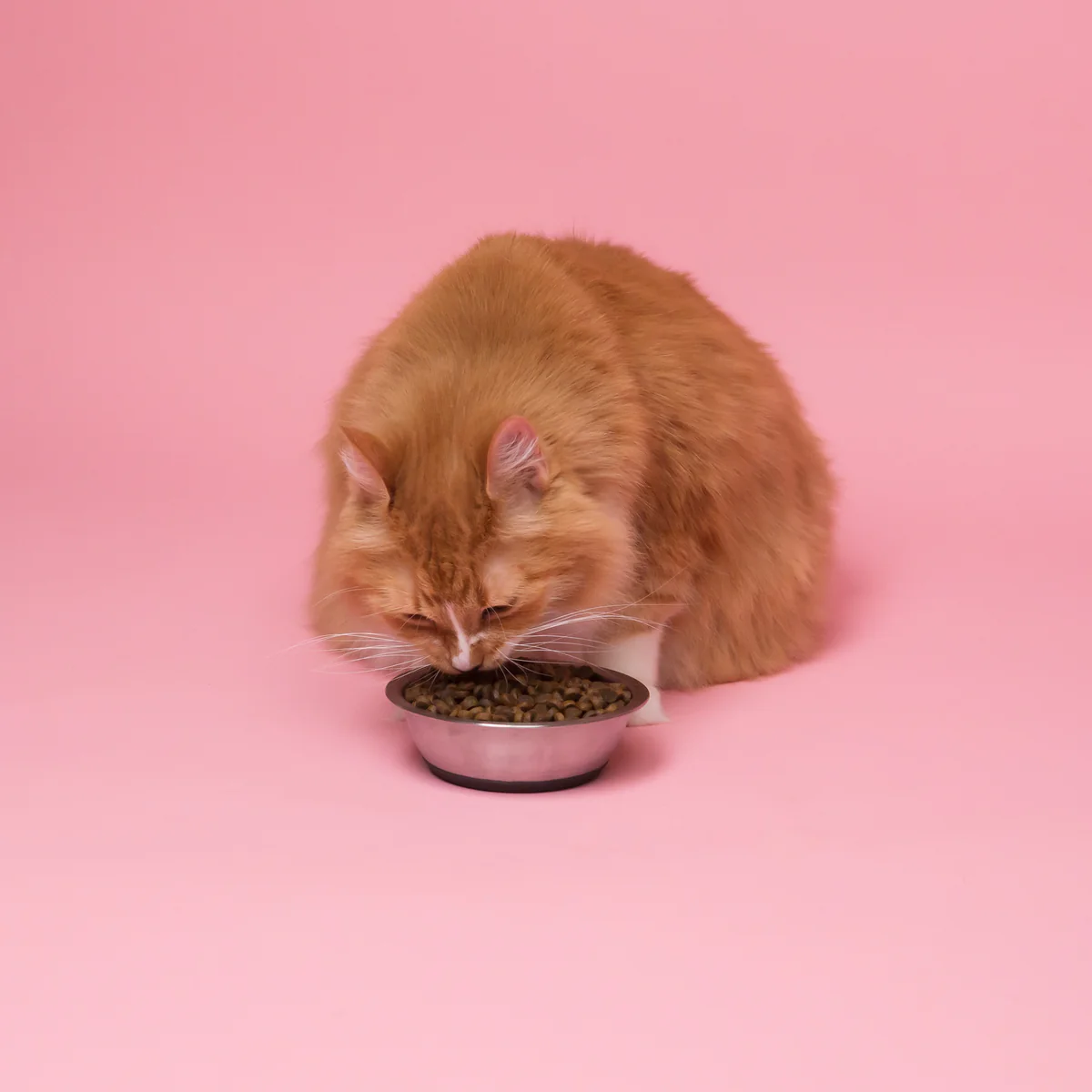
First, Let’s Geek Out: What’s Happening in There?
To feed her right, you’ve got to appreciate the miracle her body is pulling off. A cat’s pregnancy is short, lasting only about nine weeks. In that time, her body is running a non-stop, high-stakes construction project. Understanding the biological blueprint makes all the food choices make perfect sense.
A Carnivore on a Mission
Cats are what we call obligate carnivores. Big words, simple meaning: their bodies are designed to run on meat, period. This becomes non-negotiable during pregnancy. Plant-based proteins just don’t cut it—they lack the full set of amino acids cats need to thrive. For a queen, the demand for high-quality, animal-based protein goes through the roof. It provides the literal building blocks for the kittens’ organs, muscles, and tiny bones.
By the way, two of these building blocks, taurine and arginine, are mission-critical. A diet lacking in these can lead to serious fetal abnormalities or a dangerous buildup of ammonia in the mom’s system. Good news is, a solid, meat-based diet provides these naturally.
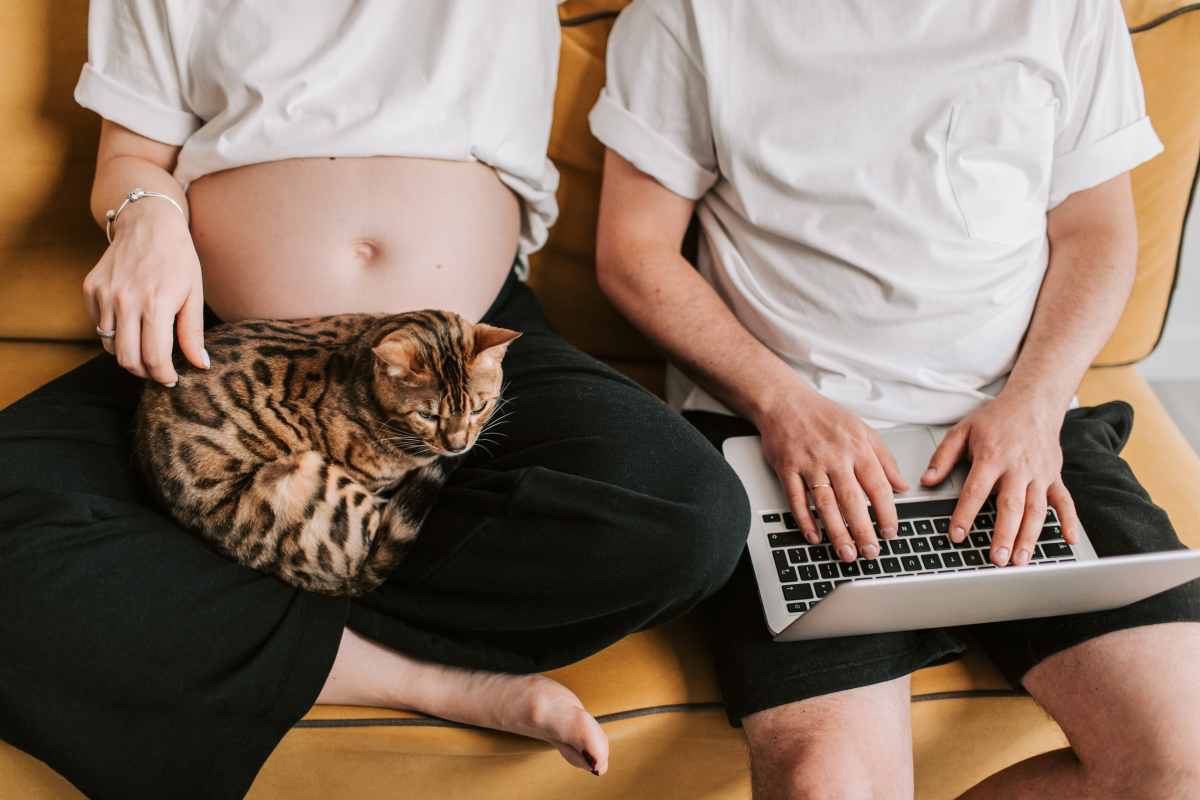
Why Fat is Her Friend
Forget everything you’ve heard about low-fat diets; fat is a crucial source of concentrated energy for a pregnant cat. She needs a ton more calories, and fat delivers more than double the energy punch of protein or carbs. More importantly, fats provide essential fatty acids. One called DHA is especially vital for the brain and eye development of the kittens. You’ll usually find this added to premium kitten foods, often from sources like fish oil.
Then you have minerals. Calcium and phosphorus are basically what bones are made of. In the last few weeks of pregnancy, the kittens’ skeletons start to harden up, pulling a massive amount of these minerals from their mom. Her diet has to supply them in the right balance (roughly 1.2 parts calcium to 1 part phosphorus). Getting this ratio wrong can cause big problems for the kittens or even a life-threatening emergency for the mom called eclampsia. More on that later.
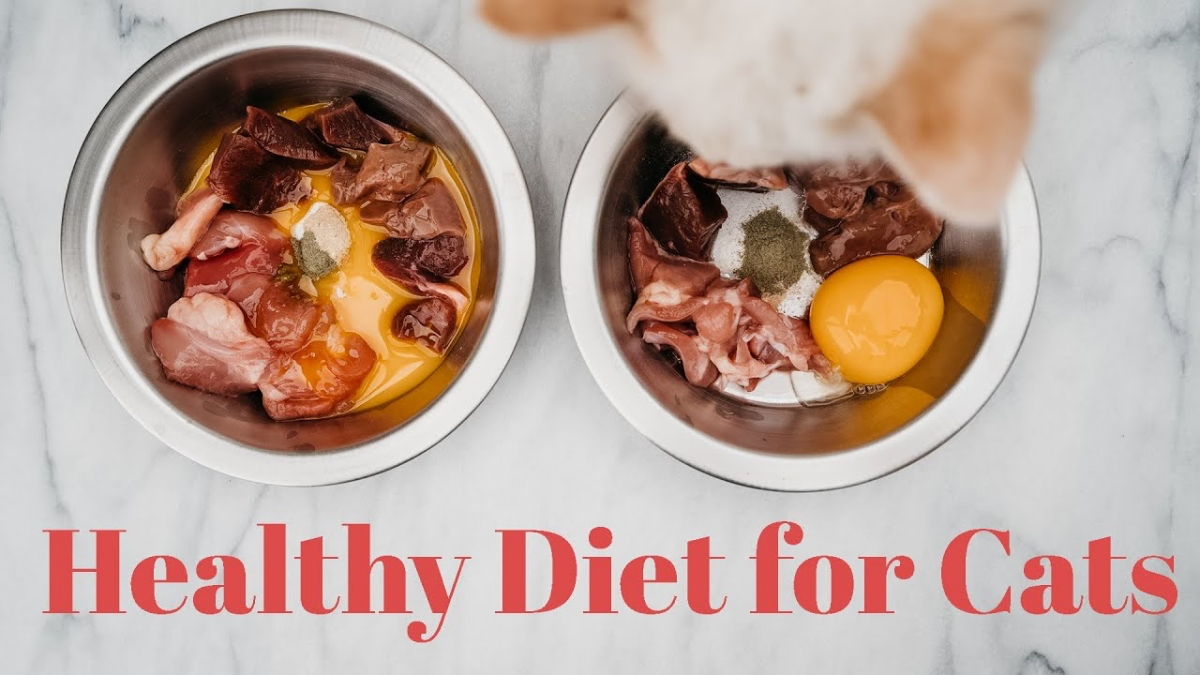
Choosing the Right Fuel for Your Queen
Okay, science lesson over. Let’s talk about what to actually put in her bowl. While there are a few ways to go, my professional recommendation for almost everyone is simple: use a high-quality commercial kitten food.
The Case for Kitten Food (It’s a Strong One)
Kitten food is engineered for growth. It has the higher levels of protein, fat, and calories that a pregnant and nursing queen desperately needs. It also has that perfect balance of vitamins and minerals, including the critical calcium-to-phosphorus ratio we just talked about. In the U.S., look for a statement on the bag from the official feed control group that says the food is formulated for “Gestation/Lactation” or “All Life Stages.” That’s your peace of mind in a bag.
From my experience in clinics, brands like Royal Canin Mother & Babycat, Hill’s Science Diet Kitten, or Purina Pro Plan Kitten are fantastic and have the right science behind them. You can usually find them at pet stores or online.
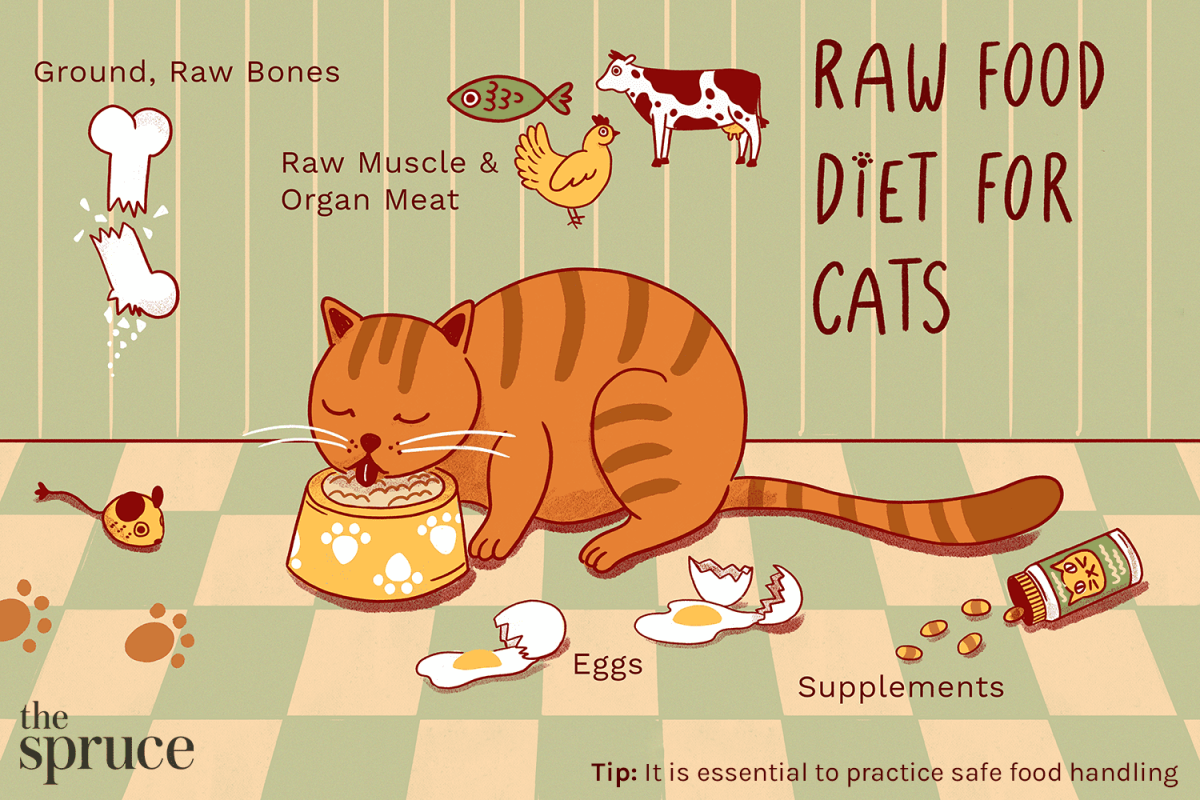
Heads up, your cat food bill is about to go up. You should probably budget an extra $30 to $60 a month during her pregnancy and nursing period. A good bag of that specialized kitten kibble can run you $25 to $40, and a case of quality wet food is usually around $30.
A common mistake I see is people just feeding more of their cat’s regular adult food. That food is designed to maintain weight, not build new bodies. She’d have to eat a physically impossible amount of it to get the calories she needs, especially in late pregnancy when her stomach is squished.
Wet vs. Dry: Why Not Both?
Honestly, the best plan usually involves a mix. Dry kitten food is super energy-dense and you can leave it out for her to graze on all day. This is called free-feeding, and it’s a lifesaver in the last trimester when she can only eat a little at a time.
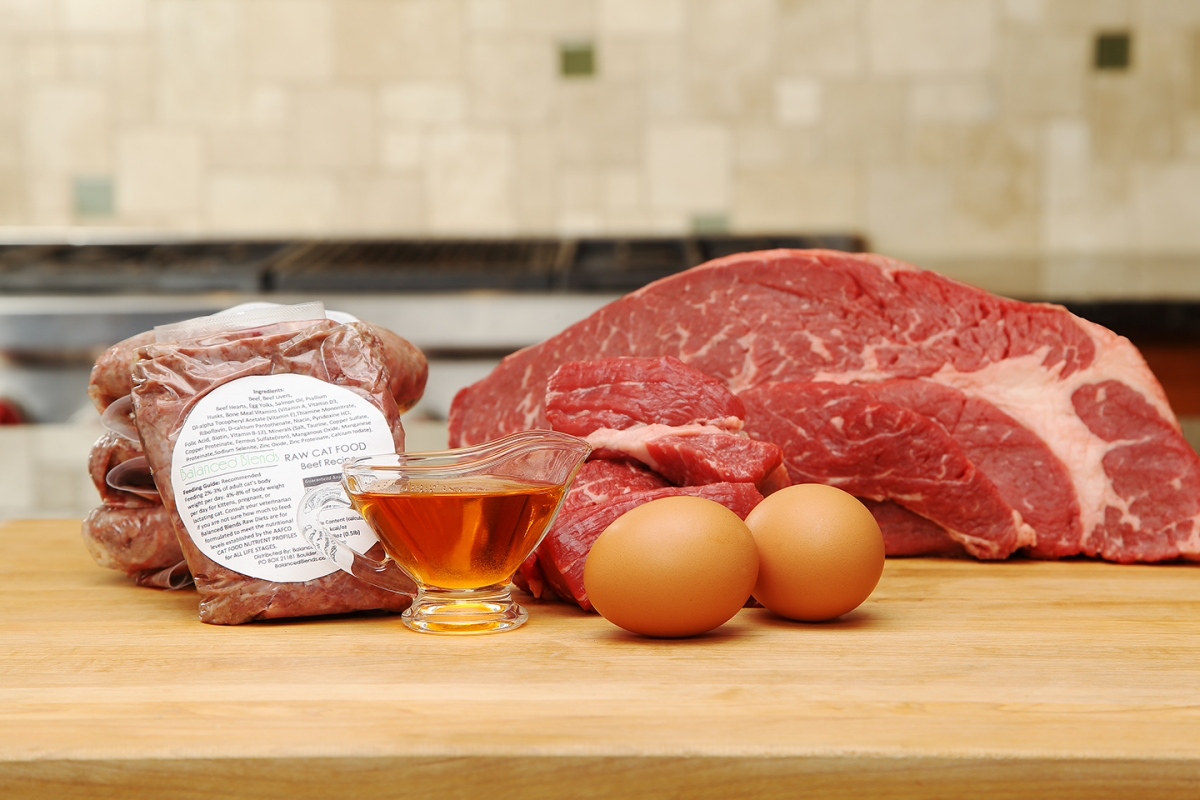
Wet food is a hydration superstar. Its high moisture content is amazing for keeping her system running smoothly and is essential for milk production later. I usually tell people to offer a few small meals of wet food a day and leave a bowl of the dry stuff available 24/7. And of course, always have fresh, clean water available. A little tip: some cats are tempted to drink more from a pet water fountain.
A Serious Warning on Raw and Homemade Diets
I have to be very direct here. While some people are passionate about raw feeding, it’s a huge risk for a pregnant queen. Raw meat can carry nasty bacteria like Salmonella and E. coli. A pregnant cat’s immune system is naturally a bit suppressed (so her body doesn’t reject the kittens), making her and the litter extra vulnerable to a foodborne illness that could trigger a miscarriage.
Making a balanced diet at home is also incredibly tricky. I once consulted on a case where a loving owner was feeding a homemade diet that was low in calcium. The queen developed severe muscle tremors—eclampsia—right after giving birth because her body just couldn’t keep up with the demand for milk. The kittens were okay, but the mom almost didn’t make it. Unless you are working with a board-certified veterinary nutritionist, please stick to a quality commercial kitten food. The risks of getting it wrong are just too high.

The Week-by-Week Feeding Plan
Her needs change as the weeks go by. Here’s a timeline that has worked for me and countless cats over the years.
Weeks 1 to 4: The Transition
For the first few weeks, her body is just getting started. Her needs are pretty close to normal. If she’s at a healthy weight, you can keep feeding her your high-quality adult food. This is the perfect time for a vet check-up to confirm the pregnancy and make a game plan. Around week four, it’s time to start the switch to kitten food. Do it slowly over 7-10 days to avoid an upset stomach. Just mix a little of the new food (say, 25%) with her old food, and gradually increase the new stuff every couple of days.
Weeks 5 to 7: Building Up Steam
Now the kittens are really growing, and her energy needs are climbing. Her appetite will increase, and her food intake should go up by about 10-15% each week. If you’re free-feeding dry food, this usually happens naturally—she’ll just eat more as her body tells her to. Keep the bowl full!
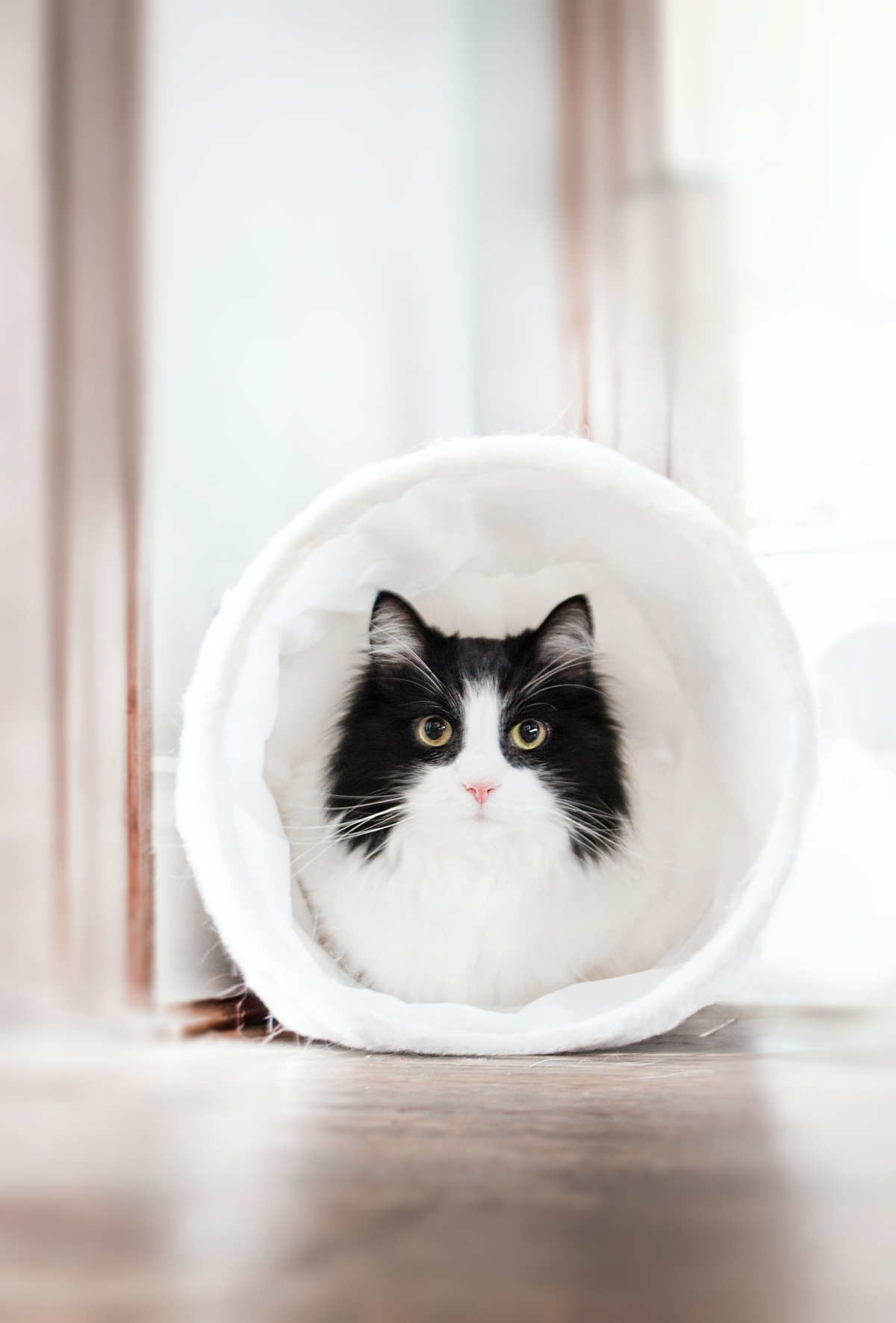
This is also when you should start tracking her weight. A steady gain is what we want to see. Here’s an easy way to do it: 1. Weigh yourself on a digital bathroom scale and note the number. 2. Gently pick up your cat and step back on the scale, holding her securely. 3. The difference between the two numbers is her weight! Try to do this once a week and jot it down to see the trend.
So what’s a good target? For an average 10-pound cat, a total gain of about 2.5 to 5 pounds is perfect. Seeing her put on about a quarter to a half-pound each week after the first month is a fantastic sign.
Weeks 8 to 9: The Final Stretch
In these last two weeks, her food intake will be at its peak—probably 50% to 75% higher than normal. But here’s the catch: her abdomen is full of kittens, leaving very little room for her stomach. She can’t eat big meals.
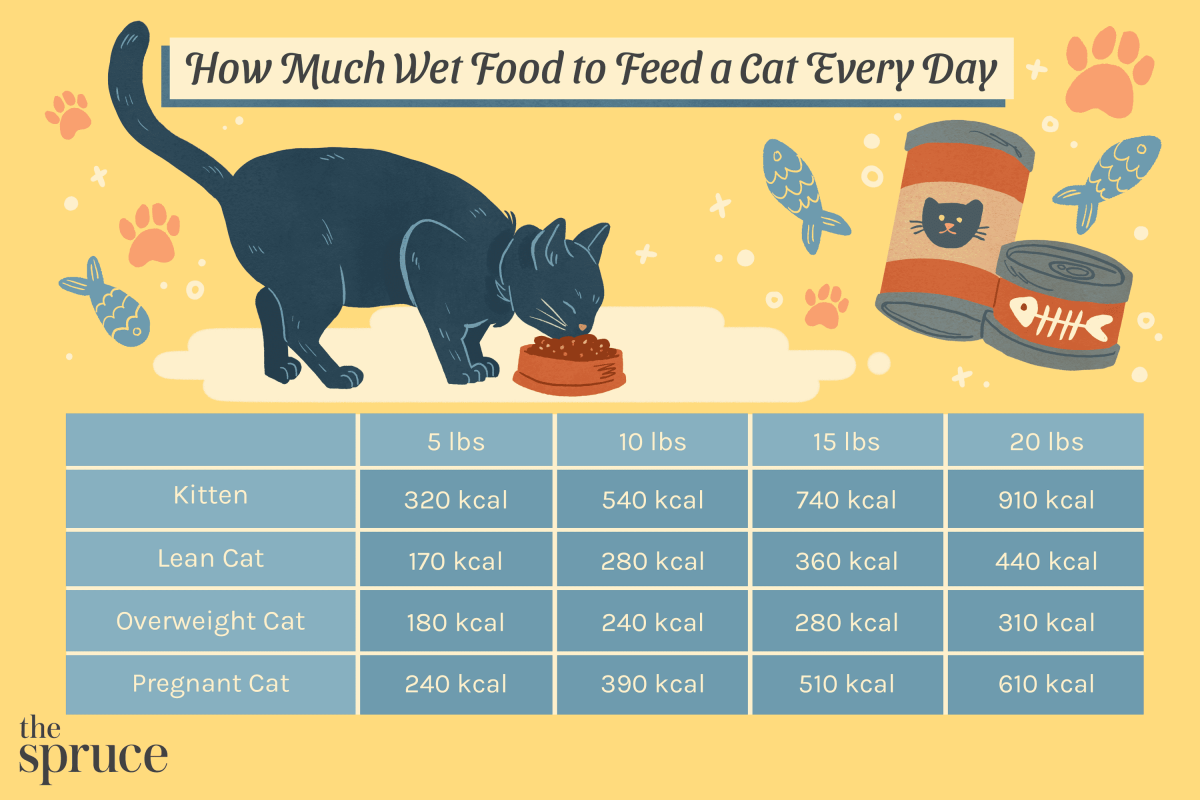
- Food Intake: At its peak, up to 75% more than her pre-pregnancy amount.
- Feeding Style: Small, frequent meals are key. This is where free-feeding dry kibble is perfect. Continue to offer small portions of wet food multiple times a day, like 6-8 little mini-meals.
- Watch For: A sudden drop in appetite 24-48 hours before she gives birth. This is a totally normal sign that labor is imminent! Don’t panic and don’t force her to eat.
After the Kittens Arrive: Fueling the Milk Factory
The job isn’t over once the kittens are born. In fact, lactation is the single most energy-draining thing a cat can do. Her calorie needs can be two to three times her normal amount, especially around weeks three and four when the kittens are growing like weeds.
Continue to feed her the same high-quality kitten food, and let her eat as much as she wants. Seriously. Her body knows what it needs. She’ll eat a ton but should slowly lose the extra weight she gained. She’s basically turning food and body fat directly into milk. And hydration is more important than ever. Milk is mostly water, so if she gets dehydrated, her milk supply will plummet. Make sure she has fresh, clean water near her nesting box at all times.
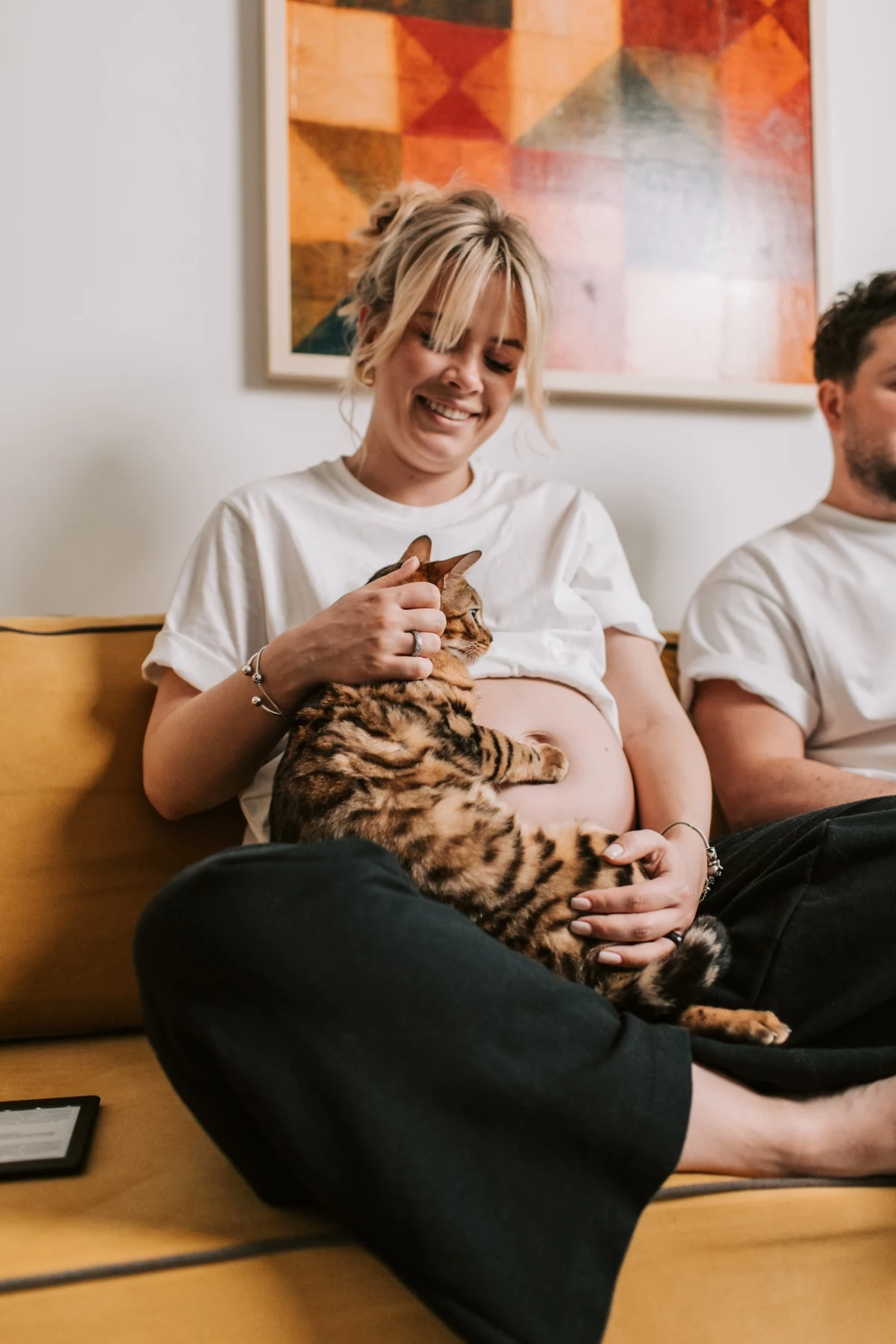
Troubleshooting & When to Call the Vet
Even with a perfect plan, things can happen. Here’s how to handle common issues.
Problem: She won’t eat.
If this happens early on, it could be a bit of feline ‘morning sickness’. Try warming up her wet food to make it smellier and more appealing. A little bit of the water from a can of tuna (packed in water!) can also be tempting. If she stops eating for more than a day (and it isn’t right before birth), call your vet.
Problem: She has diarrhea.
Most likely cause? You switched foods too fast. Go back to her old food until things firm up, then restart the transition over a full 10-14 days. If it’s severe or she seems lethargic, that’s a vet-worthy issue.
When to Call the Vet, No Matter What:
Sometimes you just need to make the call. Don’t hesitate if you see any of these signs:
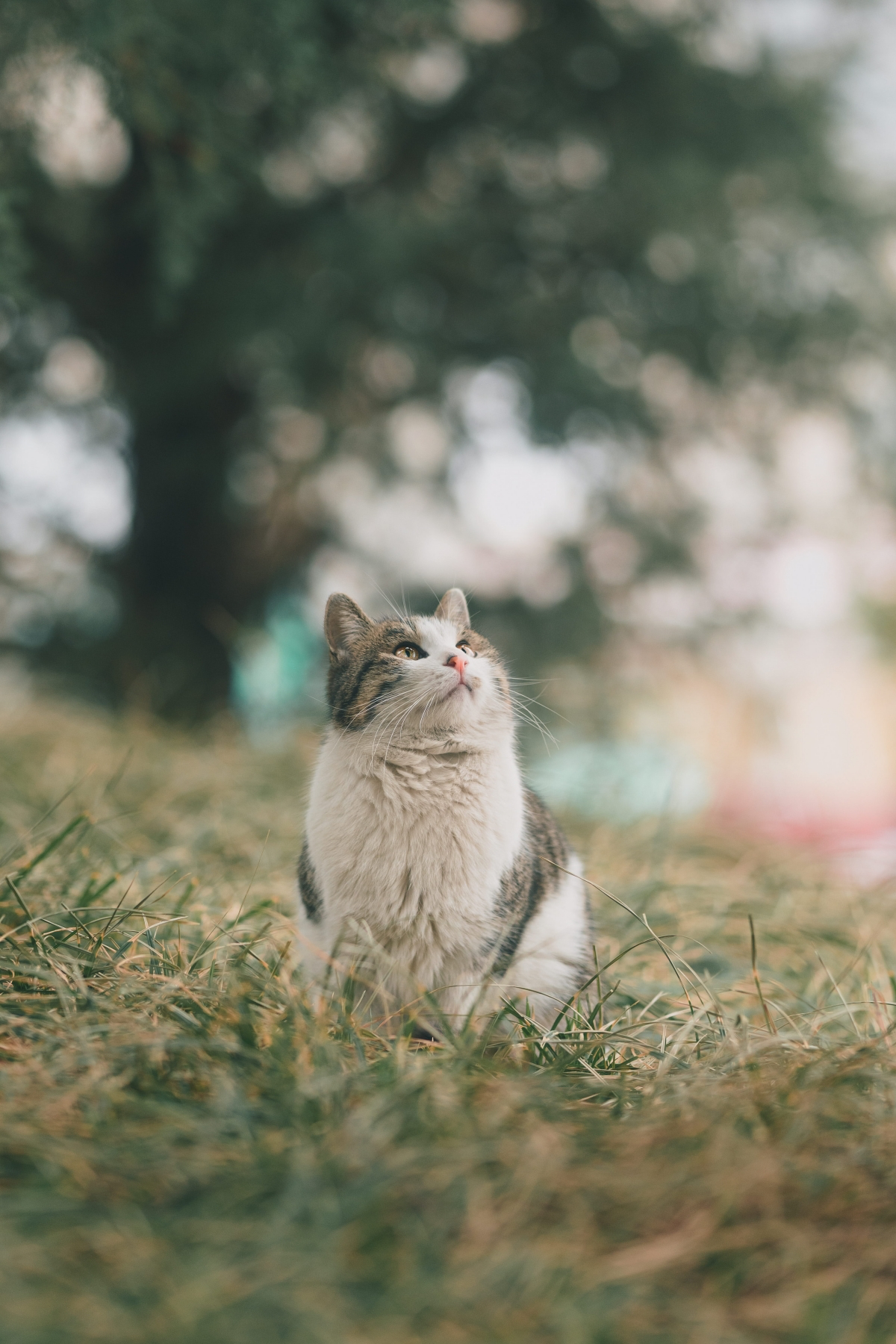
- She refuses all food for more than 24 hours (unless you are positive birth is just hours away).
- She has severe, watery diarrhea or is vomiting.
- She seems unusually tired, weak, or lethargic.
- You notice any muscle tremors, twitching, or stiffness (this could be eclampsia, which is an emergency).
Your Pre-Kitten Shopping List
Feeling overwhelmed? Don’t be. Here’s a simple shopping list to get you started.
- High-Quality Kitten Kibble: One medium bag of a brand like Royal Canin, Hill’s, or Purina Pro Plan.
- Kitten Wet Food: A case of pâté-style wet food. The smooth texture is usually a hit.
- Shallow Bowls: A few shallow food and water dishes are easier for a cat with a big belly to eat from.
- Optional but Awesome: A pet water fountain to encourage her to stay hydrated. You can find these for $20-$40 online or at most pet stores.
And a final word on supplements: don’t use them. If you’re feeding a balanced, approved kitten food, adding extra vitamins can throw her system out of whack. Adding extra calcium, for instance, can ironically increase her risk for eclampsia. Trust the food to do its job.
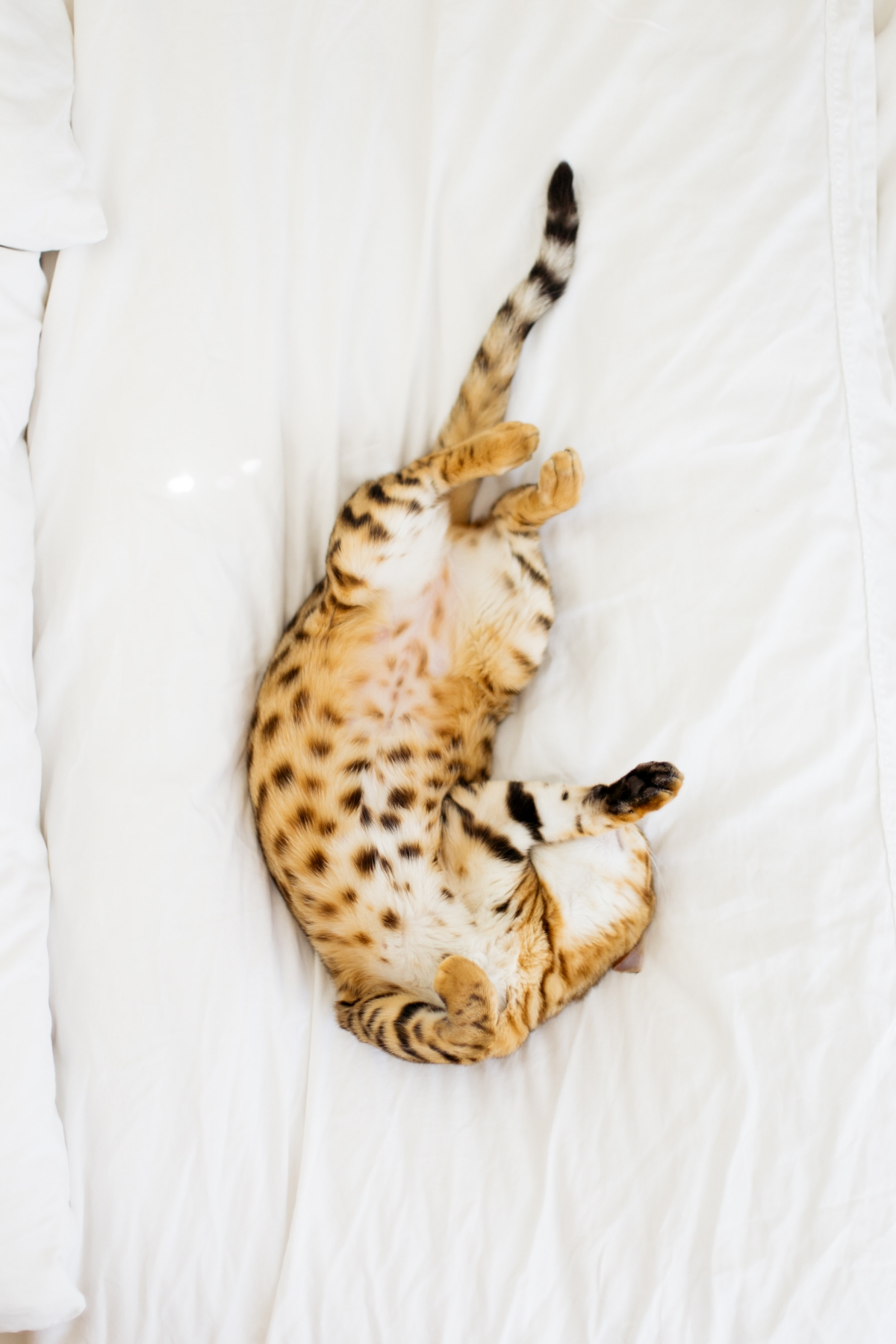
Your role here is to provide the right fuel and a calm, safe space. Trust the process, but keep a watchful eye on her appetite and weight. Most importantly, keep your vet in the loop. Every cat is an individual, and this guide is a framework, not a replacement for professional care. Watching a mother cat care for her newborns is one of the most incredible things you’ll ever witness. By giving her the best nutrition, you’re giving her everything she needs to be the amazing mom she was born to be.
Inspirational Gallery with Photos
Wet Food vs. Dry Food: The Best of Both Worlds
Dry Kibble: It’s calorie-dense, making it perfect for free-feeding in the final weeks when her stomach capacity is reduced. Look for a high-quality kitten formula like Hill’s Science Diet Kitten, which allows her to get a lot of energy from small portions.
Wet Food: Its primary benefit is hydration, which is crucial for amniotic fluid and upcoming milk production. The soft texture of a pâté, such as Royal Canin Mother & Babycat Mousse, is also highly palatable for picky queens.
For a winning strategy, offer both. Leave out dry food 24/7 and provide scheduled meals of wet food once or twice a day.
- She’ll have a constant, high-energy food source for lactation.
- It helps her maintain her own body weight while nursing.
- The kittens will naturally start nibbling on it around 3-4 weeks old, making weaning easier.
The secret? Keep feeding your queen her calorie-rich kitten food throughout the entire nursing period. Her nutritional needs are actually highest while feeding her kittens, not during pregnancy!
Should I be adding supplements to my pregnant cat’s food?
Generally, no. A premium commercial food formulated for “growth and reproduction” (which includes all kitten foods) is already perfectly balanced. Adding extra vitamins or minerals, especially calcium, can be dangerous. Over-supplementing calcium can disrupt her body’s natural regulation, increasing the risk of a serious post-birth condition called eclampsia. Always consult your vet before adding anything to her complete diet.
Important point: A sudden loss of appetite requires attention. While it’s common for a queen to refuse food in the 24 hours before giving birth, a loss of appetite at any other time, especially if paired with lethargy, should prompt an immediate call to your veterinarian. It can be a sign of distress or a serious complication.
By the final week of pregnancy, a queen’s energy requirement can be 50-60% higher than that of a normal adult cat, yet her stomach is compressed by the kittens.
This is why the type of food is so critical. A nutrient-dense kitten formula delivers more calories and protein in every bite. To help her consume enough, switch from two large meals to several smaller ones throughout the day, or allow her to “free-feed” on dry kibble, grazing whenever she feels the need.
Transitioning her to a new, richer food must be done gradually to avoid digestive upset. A sudden switch can cause diarrhea, which you want to avoid at all costs. Follow a simple 7-day plan:
- Days 1-2: 75% old food, 25% new kitten food.
- Days 3-4: 50% old food, 50% new kitten food.
- Days 5-6: 25% old food, 75% new kitten food.
- Day 7: 100% new kitten food.
Don’t overlook the power of hydration. Water is essential for forming amniotic fluid, supporting her increased blood volume, and later, for producing milk. Ensure a fresh, clean water source is always available. If she seems reluctant to drink, try a cat water fountain; the moving water often entices them to drink more. You can also mix a little extra water into her wet food to boost her intake.
A nursing cat’s milk is approximately 80% water. Even minor dehydration can significantly reduce her milk supply and impact kitten health.
When choosing a food, the “Guaranteed Analysis” on the label is your best friend. For a pregnant queen, look for kitten foods with a high protein content (ideally over 35% on a dry matter basis) and a fat content of at least 20%. Ingredients matter, too. A named meat source like “deboned chicken” or “salmon” listed first is a much better sign of quality than a generic term like “meat by-products.”
Even the toughest cat can become a bit more sensitive during pregnancy. Create a peaceful dining area for her, away from family foot traffic, loud noises, and other pets. Use a shallow, wide dish to prevent “whisker fatigue,” where her sensitive whiskers constantly brush against the sides of a deep bowl. This small comfort can make a big difference in ensuring she eats well.










